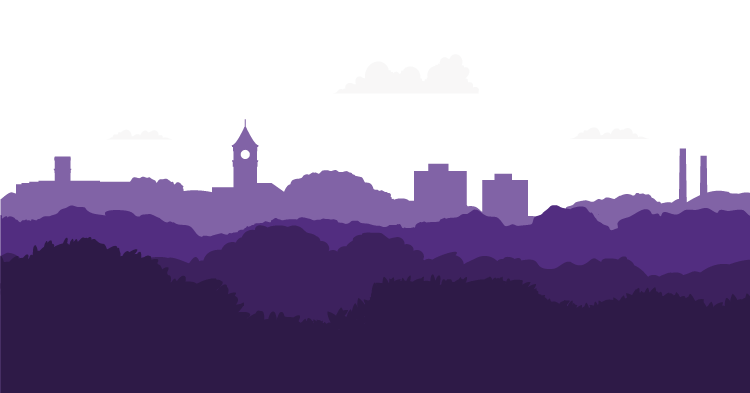September 30, 2020
We have added the “Blog Feed” feature to cascade. It can be added as a module in a new row, or added as a column widget in columns 6 cells or wider. Please follow the steps below to add to your page. Select Blog Feed from the module selector or Widget Display list. Fill in […]
September 15, 2020
The new contact module is ready to implement on your pages. **Remember, if you have used the module previously, you will have to update your pages to this new setup. Navigate to your widgets folder, then click “Add Content” in the top nav Navigate to Components > Widget. Select “Contact Module” from the widget type. […]
April 28, 2017
It is important to use headings to structuring a page into sections and provide the user with an idea of what content will follow. They are even more important for blind and vision impaired users as they allow content to be easily navigated – this means using heading levels rather than styling text with large […]
April 28, 2017
“Click here” and “read more” links should be updated immediately! Link text should be meaningful and make sense out of context. It should describe the purpose of a link and if linking to a download, also include the file type and file size, especially when it’s a large file that will require time to download. The […]
April 18, 2017
Have you ever wanted to add some colorful elements to your web page text? Sure, you can just change the text color but what if you want to take it up a notch and really make your text stand out? Panels and borders can be used to draw attention to special or important content. Simply […]
April 20, 2011
How to automatically create a caption for an image
April 1, 2010
Browsershots is a free service that tests your Web design in different Web browsers. The resulting screen shots will allow Web designers to make changes and correct any problems with their site. How Browsershots Works Browsershots takes screenshots of your Web site the way it looks when viewed in a variety of Web browsers. When […]
